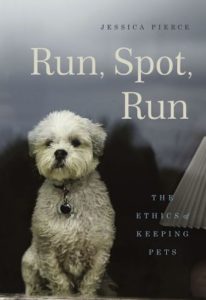Book review – Run, Spot, Run: The ethics of keeping pets

Pierce warns that we won’t like what her book reveals. Copyright: WSPA
Run, Spot, Run: The ethics of keeping pets is a new book by Jessica Pierce, bioethicist at the University of Chicago. A pet keeper, herself, Pierce makes clear that some animals should not be kept at all while we should re-evaluate and reform our approaches to keeping others, like cats and dogs, who have long lived with us.
Paul McGreevy, professor of animal behaviour and animal welfare science at the University of Sydney gives a comprehensive review of Pierce’s book. The fresh thinking and the raising of taboo topics in Run, Spot, Run should make it required reading. It calls for wholesale changes to animal welfare.
Much of the data used in this book are from US sources, which is a minor distraction except for the central premise, that pet-keeping represents a burgeoning tidal wave with “huge destructive potential” for the health and welfare of the animals involved. US figures support the notion of a tidal wave yet to crest but, in Australia, pet ownership may actually have peaked.
Regardless, Pierce examines ethical issues commonly confronting breeders, veterinarians, animal shelters and owners in developed countries. What should make the book recommended reading is the fresh thinking and the raising of taboo topics. So, in the chapter “Heavy Petting”, Pierce reveals an astonishing incidence of bestiality in the US and asserts that “it is one of the most pressing issues for all domesticated animals”. Information on the situation in Australia is virtually non-existent.
The author, a bioethicist at the University of Chicago, has a track record in exploring the profundity of our love for dogs. While acknowledging media obsession with stories of animals as child substitutes, extraordinary attachment bonds and the humanising of animal companions, she notes that 25 per cent of pet owners never seek basic veterinary care and that “large numbers of pets aren’t getting any love or are getting the wrong kind”.
She argues that animals “that are well cared for … are in the minority” and would welcome legislation protecting animals from not just physical abuse but also emotional mistreatment. So her book is a wake-up call for those who care for companion animals and those who profit from them.
her book is a wake-up call for those who care for companion animals and those who profit from them.
Pierce warns that we won’t like what her book reveals and argues that it is time to give our animal companions a voice – silence, she says, is a form of acquiescence. By breaking that silence, she challenges owners to feel moral discomfort about participation in an industry that results in the genocide of millions of animals each year. Her book rattles the cage and is likely to provoke vigorous debate within the veterinary profession.

“large numbers of pets aren’t getting any love or are getting the wrong kind” Jessica Pierce
The chapter “Eunuchs and Virgins” questions the need for and health benefits of desexing, noting that in Norway it is illegal to desex a healthy animal. Pierce sees broad-scale sterilisation of cats and dogs as “reasonable” but also suggests commercial breeders may advocate early desexing since it “keeps breeding under the control of those who profit from it”. Australia is said to be a world leader in the desexing of pets.
Some readers will be surprised that Pierce argues that the socialisation applied by owners of young animals is designed to make these juveniles bond with just us, rather than their own kind. She implies that we intentionally displace members of pets’ own species as attachment figures but, in my experience, most socialisation programs emphasise the enormous importance of kittens and pups socialising with their own species.
I was also surprised that the average time a pet owner spends with their animal is estimated at 40 minutes a day. This seems remarkably brief but perhaps reflects the paucity of free time and the reality that many “companions” live outside. Isn’t it a paradox that we want animals to affirm bonds with us, leave them alone and then wonder why so many have attachment issues?
Pierce examines the widely acknowledged links between childhood animal cruelty and violence in adulthood, noting that animal cruelty is a better predictor of sexual assault than previous convictions for homicide, arson or firearms violations. Testing the notion that pet ownership teaches children responsibility, Pierce claims it may also teach them that keeping pets socially isolated in sterile quarters is acceptable.
Children with the strongest bonds to animals show the highest empathy scores toward other children but, Pierce points out, a child might develop empathy towards dogs and cats yet remain unmoved by the plight of animals used in food production.
Pierce refers often to her daughter and to their history of keeping pets, acknowledging that they are both vegetarians. She suggests that the rise of vegetarianism may have been influenced by the extraordinary boom in pet-keeping. Pierce also ponders the impact of sourcing animal protein for companion animals, notably cats, as obligate carnivores. She suggests that anyone acquiring a meat-eating pet might reduce their own meat consumption by equivalent amounts.
On the subject of feeding live prey to snakes, Pierce observes that one species can be both a pet and petfood, highlighting the “shifting moral sands on which animals stand”. And she voices her persistent concern that pets may be consuming their own kind if “protein meal” is sourced indirectly from shelters sending corpses of dogs and cats to facilities that render them down for products such as tallow and bonemeal. (That risk is negligible here because legislation prohibits the rendering of non-production species.)
Pierce notes that companion animals may act as sentinels of environmental challenges, such as tobacco smoke and other hydrocarbons, but also questions research on the health benefits of pet-ownership – is it ethical to use a living being as a tool to better one’s own health? She also suggests that affluence can be accompanied not only by more veterinary care and premium diets but also by less attention to animals’ social needs.
She insists she is not discriminating against the poor, before clearly stating that no one should acquire a pet unless they have the financial wherewithal to provide access to a decent minimum of veterinary care – but what comprises a decent minimum is not stated.
But in a chapter on dog dressing-up, we learn that animal bling now includes butt covers, tattoos and piercings. The sale of such merchandise is a reasonable barometer of how the premium end of dog-keeping is taking shape.
In showing how poorly we keep some pets and how that can manifest in aggression, Pierce provides data on the number of dog-related injuries. In 2012, a staggering 27,000 Americans underwent reconstructive surgery after dog bites while canine aggression accounted for the deaths of 15,500 dogs and more than 8000 cats. This speaks of the scale of improvement still to be made in dog-management alone.
Run, Spot, Run calls for wholesale changes to animal welfare, including that vets must better identify and address signs of pain and suffering. The growing importance of animal welfare and ethics in Australian and New Zealand vet schools and the recent launch of the schools’ first teaching collaboration, focused on just these topics (onewelfare.cve.edu.au), seems to confirm this. The emergence of free Australian apps to collect quality-of-life data on companion animals (for example, doglogbook) could help vets meet this challenge.
I suspect that Pierce’s book will become recommended reading for students and anyone who cares for, or profits from, pets. Her aim is to make readers less certain about how ethical it is to keep pets. At that she is likely to be successful.
-END_
Paul McGreevy is professor of animal behaviour and animal welfare science at the University of Sydney.






